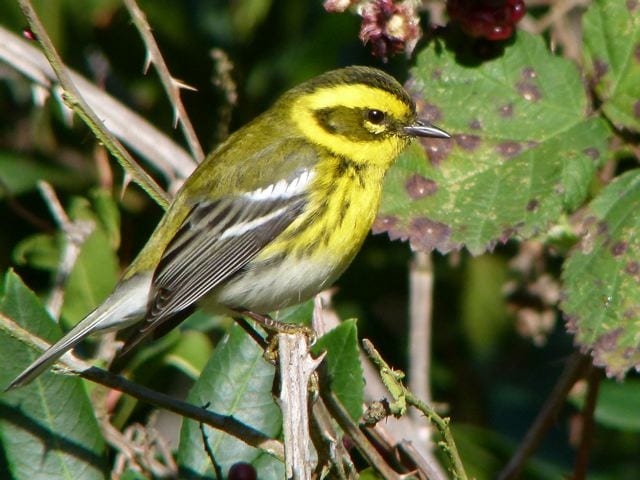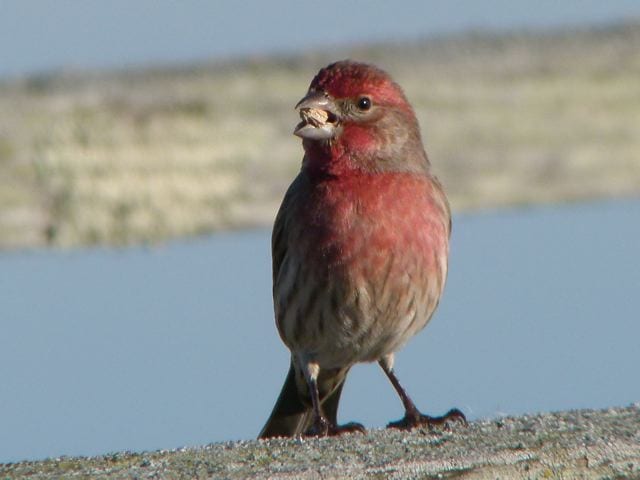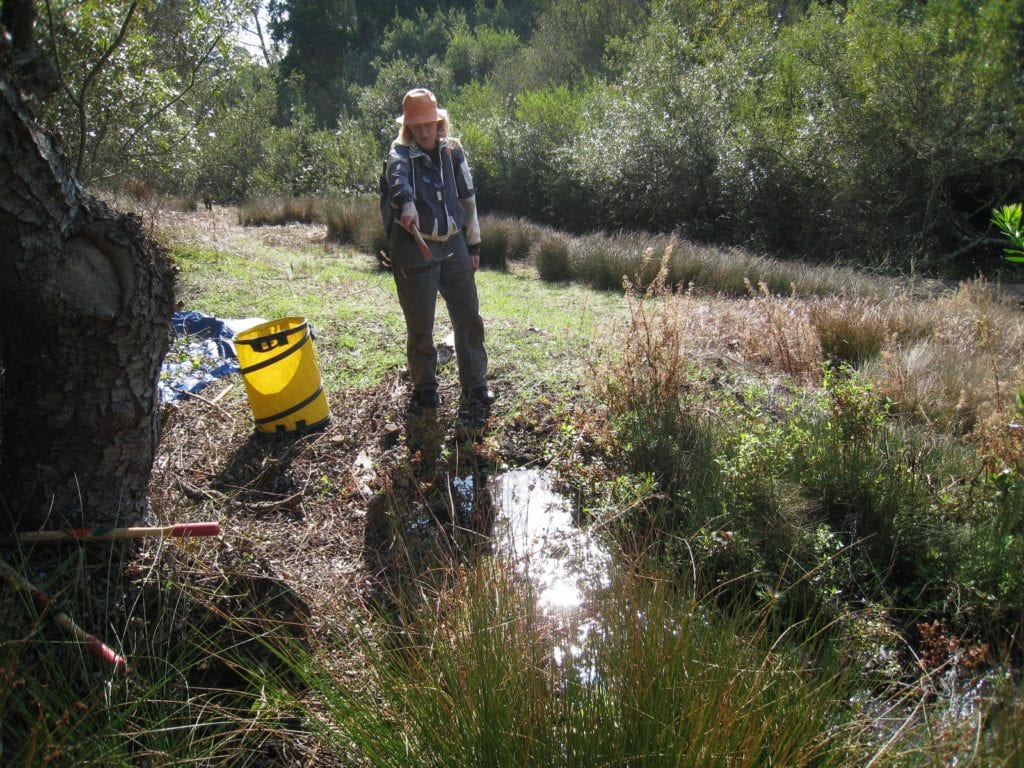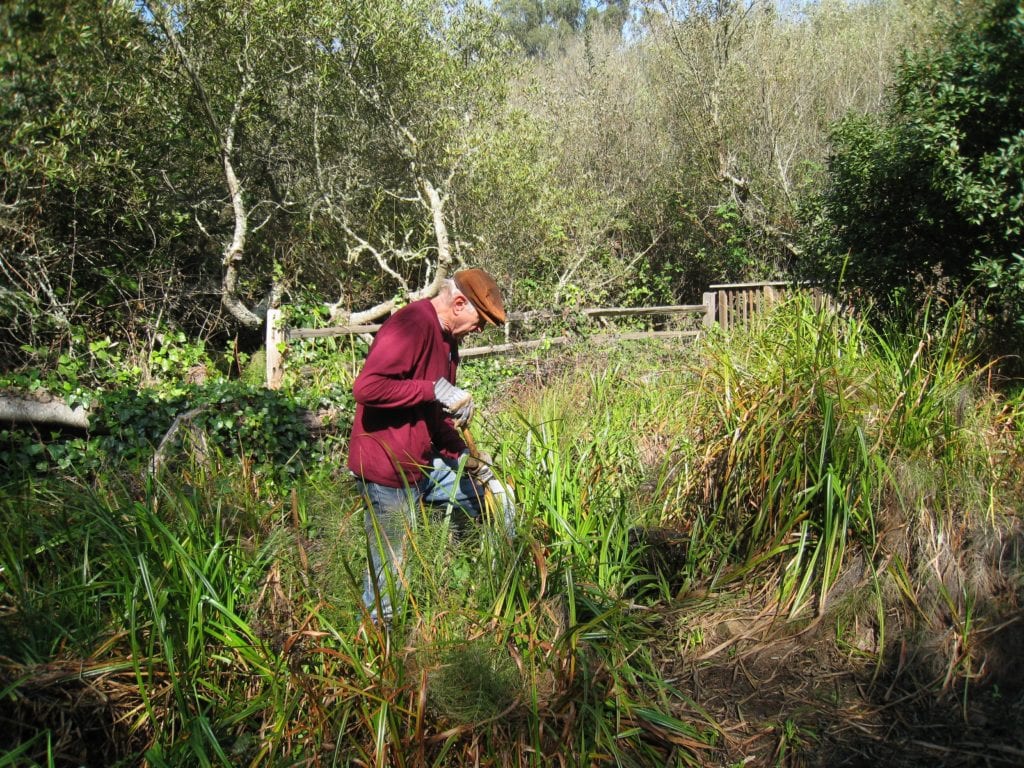
By Murray Schneider
Canyon Correspondent
By November 9th, pumpkin spiders had spun their final webs and sparrows hadn’t yet erected their new nests, so Rec and Parks gardeners and Friends of Glen Canyon Park volunteers took the opportunity to nip sprouting willow sprouts, roll back ivy and clip blackberry above the boardwalk adjacent to Islais Creek.

“We want to make headway before the birds begin building their nests,” said Rachel Kesel, a San Francisco Recreation an Parks Natural Areas gardener. “We also didn’t want to disturb the spiders.”
East of a boardwalk, which spans a spongy seep, several volunteers ascended a slope, edging their way past native ferns, Juncas grass, and umbrella sage. They carried collapsed yellow pop up bags, folded blue tarps, mattocks and loppers.
Mary Huizinga, a volunteer, pointed to a copse of willow herbs. “It likes swampy areas,” she said, gesturing to a pool of water that glistened like glass in the morning sun.
Jenny Sotelo, a Rec and Parks Natural Areas gardener, shook her head. “As wetland meets scrubland,” she noted, “it becomes some of the most important habitat.”
She pointed to plants encircled by a postage stamp-sized wire-mesh fence. “That’s Yellow-Eyed grass,” she said. “It’s rare and the canyon is probably one of the last places in San Francisco where it exists.”
Like any natural space, Glen Park Canyon, all 70 acres of it, enjoys its own annual life cycles. In October, pumpkin spiders emerge from subterranean hideaways, toil for two months, weaving silken webs and laying eggs. In their wake, songbirds stitch nests, lay their own eggs, and eventually watch each fledgling take wing. Aware of these patterns, Rec and Parks stewards, managers of 1,100 acres of City natural areas, strategically plan weekly work parties around such life cycles.

Wielding a mattock, Huizinga made gentle cuts on willow nodes encrusted along gnarly branches crisscrossed over scaling bark that deer once grazed along the same incline. Ohlone natives whittled canyon willow here, even braiding poison oak that they were immune to, and built shelters and baskets before the first Spaniards ever thought of crazing cattle on canyon grassland.
Earlier, Huizinga used the same hand tool to unearth Medusa-like blackberry from the soggy ground where the berry rooted its thorny threads.

She gestured to a plant next to the blackberry, making an important distinction for a volunteer who looked over her shoulder. “Poison oak doesn’t have thorns,” she said. “The two plants look the same, but poison oak doesn’t have serrated edges.”
Along the boardwalk, Charles Gresl, another volunteer, wearing calf-high Wellingtons, jumped a fence at Pool 2. He employed a shovel and mucked around a natural culvert from where a finger of slope runoff water trickled. He wore a maroon, long-sleeved T-shirt lettered with a Rec and Parks logo that Lisa Wayne, Natural Areas Manager, had presented him in recognition of his years of volunteer service.
Grisel wedged his shovel into the water, dislodging invasive watercress and Flag iris in an area that Wayne and her cohorts had invested countless hours nursing native plants such as Douglas iris, coffee berry, coyote mint and checkerbloom. The restored habitat, bleached even now by earlier summer sun, hosts native and migratory birds that flock to the Islais Creek’s riparian environment.
Birds need water, cover and food and the willows surrounding Gresl provided all three. A House Finch, which is a common year round canyon resident, rested on one of its scabby branches. A Townsend’s Warbler, with its distinctive raccoon-like black and yellow masked face, perched on another limb, scouting for worms, maybe even banana slugs, which are common on the creek’s western banks, so common that nursery school children have named the path paralleling the creek Banana Slug Way.
Water blanketed the edges of Gresl’s shovel where clumps of watercress continued obstructing the stream’s free flow. “I like keeping the creek running,” said Gresl, a retired engineer, familiar with tools and preferring to work with them rather than yanking invasive weeds. “It’s one of my pet projects because kids like playing in water.”
Visiting pre-schoolers may enjoy frolicking in the creek, but Wayne’s gardeners prefer that children remain creek side, just as Rec and Parks volunteers prefer that dog owners leash their canines and rogue off-trail mountain bikers continue being prevented from barreling down narrow canyon paths where they wreck havoc among nesting owls and somnolent coyotes resting in sequestered dens.
Gresl leaned on his shovel, resting his cheek on the back of a gloved hand. On the other side of the cedar rail fence he’d vaulted, a column of nursery school children skipped past, bookended by their parents and teachers. “Pool 2, if I’m not mistaken,” he said, “is home to the rare Fork-tailed Damselfly.”
Dragonflies require running water, which fast-running Islais Creek has no trouble supplying, especially during the imminent rainy season. Thirsty willows that provide habitat for adult and larval insects, which in turn feed and shelter canyon reptiles, amphibians and birds are another dead giveaway that creek water annually sloshes through the canyon.
Gresl laid down his shovel and gathered his shirt, which he buttoned against a morning chill. His excavations allowed the now unimpeded stream to gurgle rather then hiccup. Hooking up with other volunteers who inched their way down the eastern slope, Gresl turned around and listened to the rippling creek. Additional volunteers descended from where they had worked below grassland that by spring would blossom with a variety of native wildflowers, including the California poppy.
Joe Grey, volunteer coordinator for Rec and Parks Natural Areas community-based stewardship program, waited next to his truck. He’d let down its tailgate, ready to offer snacks and water to the approaching volunteers. He studied windmilling honeybees hovering around a crease in a eucalyptus tree. Oblivious to their buzzing, Glenridge Cooperative Nursery School children, across the creek, continued filling play wagons with scattered wood chips, spilling them out and then refilling their wagons again.
Grey and two volunteers approached the beehive, wary of being stung. A first-time volunteer, a Costa Rican woman visiting family on Sussex Street, leaned forward, getting a bit too close. The bees became agitated, humming like a chorus of antsy Nascar drivers revving their engines.
“They seem active today,” Grey said, begging the obvious. He could easily have said the same about his Wednesday corps of Glen Canyon volunteers.
Anyone interested in becoming a Glen Canyon volunteer or learning more about San Francisco’s Natural Areas can contact Joe Grey at Joe.Grey@sfgov.org. or Richard Craib at richcraib@gmail.com.